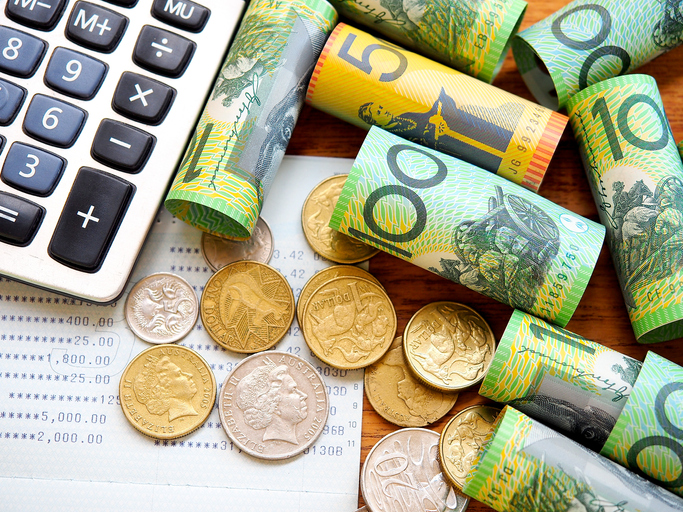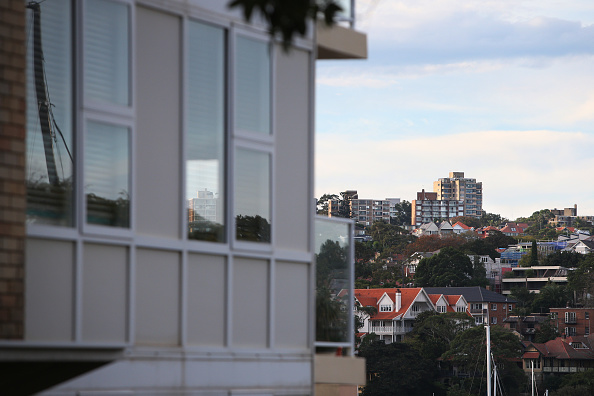Aussie savings survey reveals gender differences in investment patterns
Australian men and women still love their savings accounts but other forms of investment are gaining ground
Less than a quarter of Australians save less than $250 or less per month, a new survey reveals.
The survey by online financial brokers, Savvy, also reported that just 14 percent of women invested shares, compared with 23 percent of male respondents, while 26 percent of men were contributing to their superannuation compared with 21 percent of women.
Savvy surveyed more than 1,000 people about their savings habits and found that 78 percent of Australians chose their savings accounts as the top place to invest their money, followed by 24 percent for their superannuation and 19 percent in shares. Crypto currencies and NFTs accounted for 6 percent of investments, just behind property on 8 percent.
In terms of savings, the survey found that 32.5 percent of Australians save $750 or more each month, while 15 percent save between $251 and $500 on a monthly basis.
Of greater concern, 43 percent of Australians said that they are ‘not confident’ that their investment returns will continue to outpace inflation in the near future, a sign that consumer confidence is on the decline.
Savvy managing director Bill Tsouvalas said it was important to maintain cash flow as cost of living pressures increase.
“Though everything seems to be getting more expensive, now isn’t the time to stop putting money away for the future,” he said.
“When inflation is high, you should be looking for easy investment options that will protect your savings, like term deposits, savings accounts, shares and managed or indexed funds; all of which can provide a better return on investment and help you save for big ticket items, such as a house deposit.”
This stylish family home combines a classic palette and finishes with a flexible floorplan
Just 55 minutes from Sydney, make this your creative getaway located in the majestic Hawkesbury region.
Continued stagflation and cost of living pressures are causing couples to think twice about starting a family, new data has revealed, with long term impacts expected
Australia is in the midst of a ‘baby recession’ with preliminary estimates showing the number of births in 2023 fell by more than four percent to the lowest level since 2006, according to KPMG. The consultancy firm says this reflects the impact of cost-of-living pressures on the feasibility of younger Australians starting a family.
KPMG estimates that 289,100 babies were born in 2023. This compares to 300,684 babies in 2022 and 309,996 in 2021, according to the Australian Bureau of Statistics (ABS). KPMG urban economist Terry Rawnsley said weak economic growth often leads to a reduced number of births. In 2023, ABS data shows gross domestic product (GDP) fell to 1.5 percent. Despite the population growing by 2.5 percent in 2023, GDP on a per capita basis went into negative territory, down one percent over the 12 months.
“Birth rates provide insight into long-term population growth as well as the current confidence of Australian families,” said Mr Rawnsley. “We haven’t seen such a sharp drop in births in Australia since the period of economic stagflation in the 1970s, which coincided with the initial widespread adoption of the contraceptive pill.”
Mr Rawnsley said many Australian couples delayed starting a family while the pandemic played out in 2020. The number of births fell from 305,832 in 2019 to 294,369 in 2020. Then in 2021, strong employment and vast amounts of stimulus money, along with high household savings due to lockdowns, gave couples better financial means to have a baby. This led to a rebound in births.
However, the re-opening of the global economy in 2022 led to soaring inflation. By the start of 2023, the Australian consumer price index (CPI) had risen to its highest level since 1990 at 7.8 percent per annum. By that stage, the Reserve Bank had already commenced an aggressive rate-hiking strategy to fight inflation and had raised the cash rate every month between May and December 2022.
Five more rate hikes during 2023 put further pressure on couples with mortgages and put the brakes on family formation. “This combination of the pandemic and rapid economic changes explains the spike and subsequent sharp decline in birth rates we have observed over the past four years,” Mr Rawnsley said.
The impact of high costs of living on couples’ decision to have a baby is highlighted in births data for the capital cities. KPMG estimates there were 60,860 births in Sydney in 2023, down 8.6 percent from 2019. There were 56,270 births in Melbourne, down 7.3 percent. In Perth, there were 25,020 births, down 6 percent, while in Brisbane there were 30,250 births, down 4.3 percent. Canberra was the only capital city where there was no fall in the number of births in 2023 compared to 2019.
“CPI growth in Canberra has been slightly subdued compared to that in other major cities, and the economic outlook has remained strong,” Mr Rawnsley said. “This means families have not been hurting as much as those in other capital cities, and in turn, we’ve seen a stabilisation of births in the ACT.”
This stylish family home combines a classic palette and finishes with a flexible floorplan
Just 55 minutes from Sydney, make this your creative getaway located in the majestic Hawkesbury region.


















